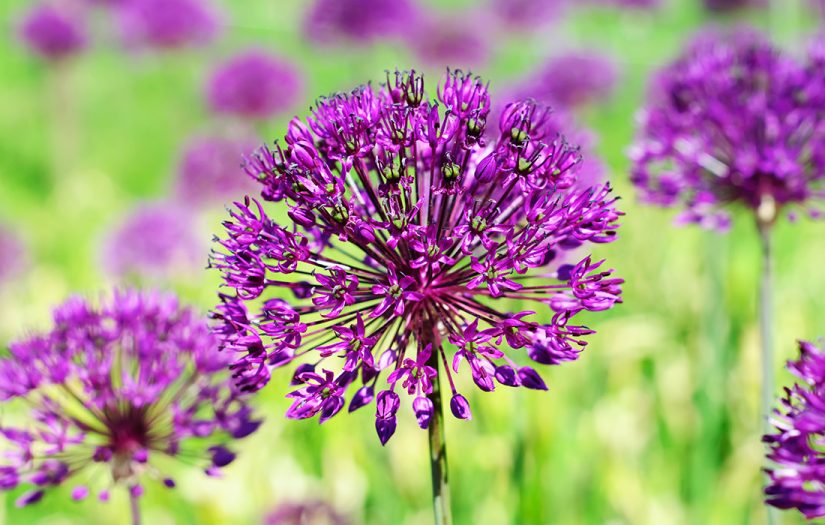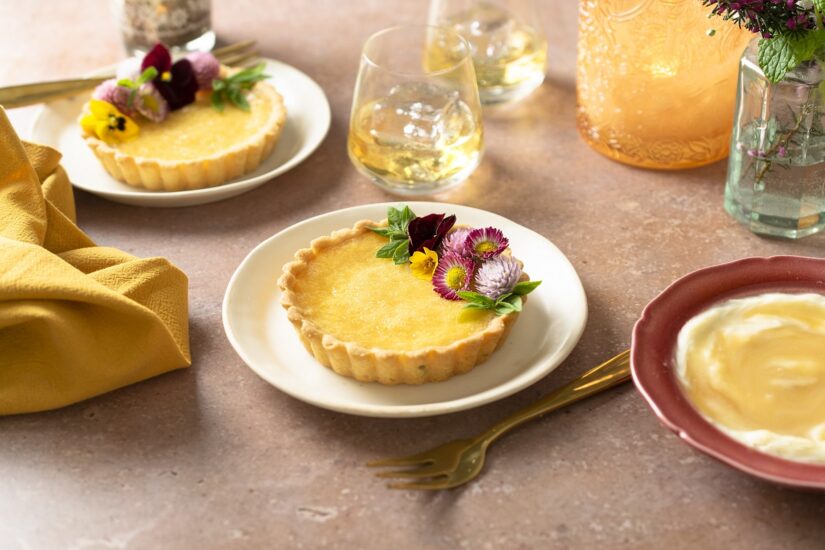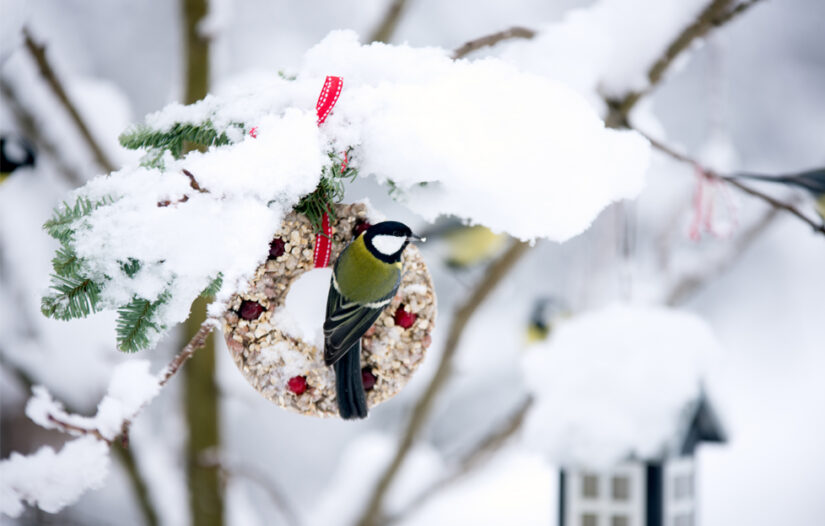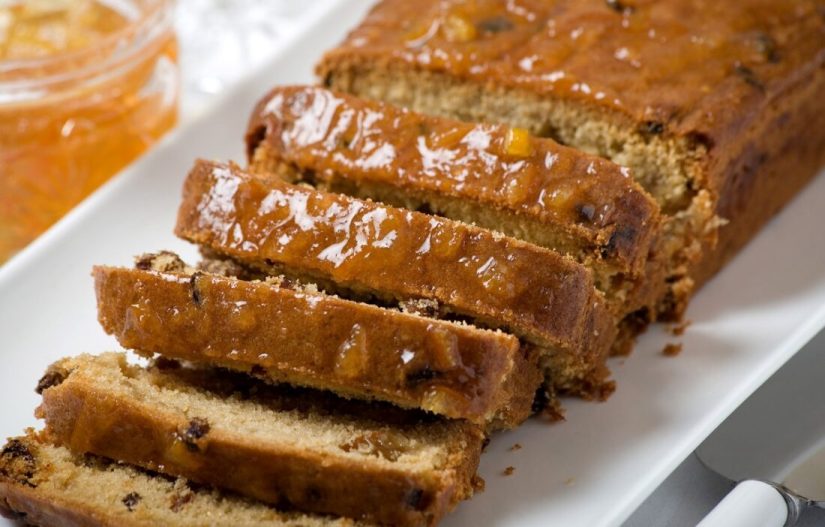 Shutterstock / Jack Hong©
Shutterstock / Jack Hong©With the latest info from WWF stating that one out of every three mouthfuls of our food depends on pollinators such as bees, we thought we would take a look at how we can welcome these busy insects into our gardens…
The outdoors experts at GardeningExpress.co.uk have revealed seven things gardeners can do this spring and summer to attract bees to their gardens and help them thrive.
Choosing tubular shaped and purple flowers and building a quick and easy bee bath are just some of the things families can do to create a bee-friendly garden.
Households can also provide some type of home for native bees. For wood- and stem-nesting bees, leave piles of branches, bamboo sections, hollow reeds, or nesting blocks made out of untreated wood make great homes.
A spokesperson for GardeningExpress.co.uk said: “They’re incredibly important for the environment and for humanity in general, so we should be doing all we can to help bees survive and thrive.
“Ideally your garden should contain lots of bee friendly flowers that are rich in pollen and nectar, but you could even go a step further by supplying a bee-bath and a place for native bees to build their homes.”
7 ways to attract bees to your garden
1. Opt for single headed flowers
Although double-headed flowers such as roses and carnations look fantastic, they produce much less nectar and make it difficult for bees to access pollen.
This is because in double flowers, stamens have been transformed into extra petals for a fuller, showier bloom. The lack of pollen means pollination cannot occur.
Instead, opt for single-headed flowers such as daisies, poppies, sweet peas, geraniums and marigolds. A single headed flower has a single count of petals, whereas ‘double flowered’ species describes varieties of flowers with extra petals, often containing flowers within flowers, like petunias and peonies.
2. Plant flowers for all seasons
Although bees are most active from March to September, overwintering queens and workers may emerge on warm days in winter too, so it’s vital you provide flowers throughout the year. You should consider having at least two nectar- or pollen-rich plants in flower at any one time. The adult bee feeds on the nectar, and collects the pollen to feed the young.
3. Purple flowers

Beautiful violet flowers of allium aflatunense
Bees can see purple more clearly than any other colour, so it’s a good idea to grow lots of purple plants such as lavender, alliums and catmint. Of course, flowers of other colours will still attract them, so it’s good to keep a variety.
4. Choose tubular-shaped flowers
Tubular-shaped flowers such as foxgloves, honeysuckle and snapdragons are the go-to places to feed for long-tongued bees such as the garden bumblebee.
5. Don’t overlook shrubs
It’s easy to concentrate on flowers and overlook shrubs which are often easier to maintain and many, such as the Cotoneaster, have year-round interest. The Cotoneaster is a simple shrub that has a lot going for it – the small white flowers appear in the spring and are loved by bees, and in the autumn it is covered by bright red berries which the blackbirds love.
6. Create a ‘bee-bath’
Just like humans, bees need a place to access fresh, clean water.
You can help them by filling a shallow container of water with pebbles or twigs for them to land on while drinking. Make sure to maintain the container full of fresh water to ensure the bees know that they can return to the same spot every day.
7. Provide homes for native bees
For wood- and stem-nesting bees, leave piles of branches, bamboo sections, hollow reeds, or nesting blocks made out of untreated wood.
Burrowing bees will make use of sunny, uncultivated spots in the garden and mason bees need a source of water and mud. Many bee species are attracted to weedy, untended hedgerows too.
Find more gardening advice from “The People’s Friend” here.




